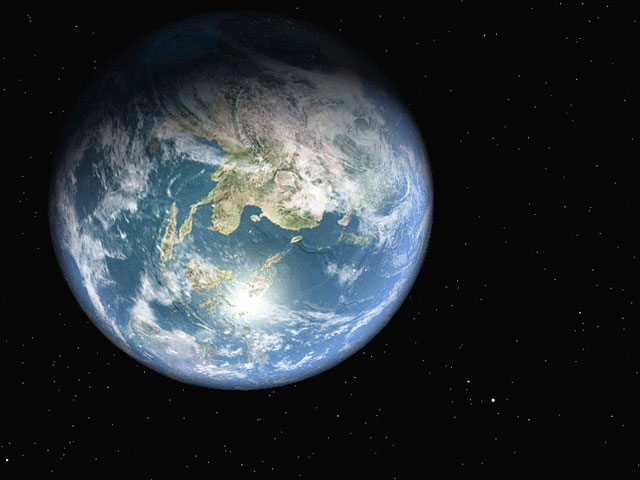If you're still not convinced...
It's all about extremes...and they're happening all over the world.
The World Meteorological Organization (WMO) released a statement on the global climate on December 14, 2006.
“The global mean surface temperature in 2006 is currently estimated to be + 0.42°C above the 1961-1990 annual average (14°C). That may not seem like a lot but if you're aware of the effects of temperature changes + rates of reactions.. it's pretty significant in such a short time period.
The year 2006 is currently estimated to be the sixth warmest year on record. Final figures will not be released until March 2007.
Averaged separately for both hemispheres, 2006 surface temperatures for the northern hemisphere are likely to be the fourth warmest and for the southern hemisphere the seventh warmest in the instrumental record from 1861 to the present.
Since 1976, the global average temperature has risen sharply, at 0.18°C per decade. In the northern and southern hemispheres, the period 1997-2006 averaged 0.53°C and 0.27°C above the 1961-1990 mean, respectively.
The beginning of 2006 was unusually mild in large parts of North America and the western European Arctic islands, though there were harsh winter conditions in Asia, the Russian Federation and parts of eastern Europe.Canada experienced its mildest winter and spring on record, the USA its warmest January-September on record and the monthly temperatures in the Arctic island of Spitsbergen for January and April included new highs with anomalies of +12.6°C and +12.2°C, respectively.
Persistent extreme heat affected much of eastern Australia from late December 2005 until early March with many records being set. Spring 2006 (September-November) was Australia’s warmest since seasonal records were first compiled in 1950. Heat waves were also registered in Brazil from January until March (e.g. 44.6°C in Bom Jesus on 31 January – one of the highest temperatures ever recorded in Brazil).
Several parts of Europe and the USA experienced heat waves with record temperatures in July and August. Air temperatures in many parts of the USA reached 40°C or more. The July European-average land-surface air temperature was the warmest on record at 2.7°C above the climatological normal.
Autumn 2006 (September-November) was exceptional in large parts of Europe at more than 3°C warmer than the climatological normal from the north side of the Alps to southern Norway. In many countries it was the warmest autumn since official measurements began: records in central England go back to 1659 (1706 in The Netherlands and 1768 in Denmark).”

